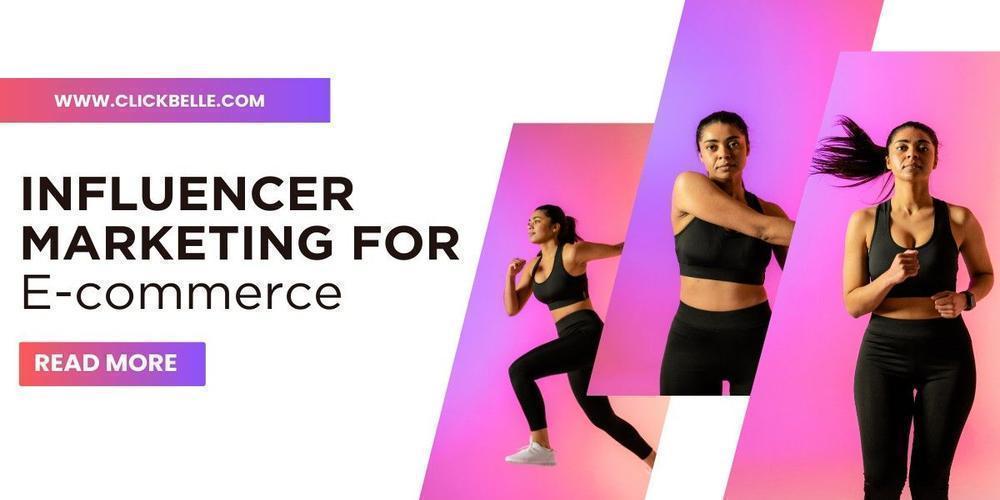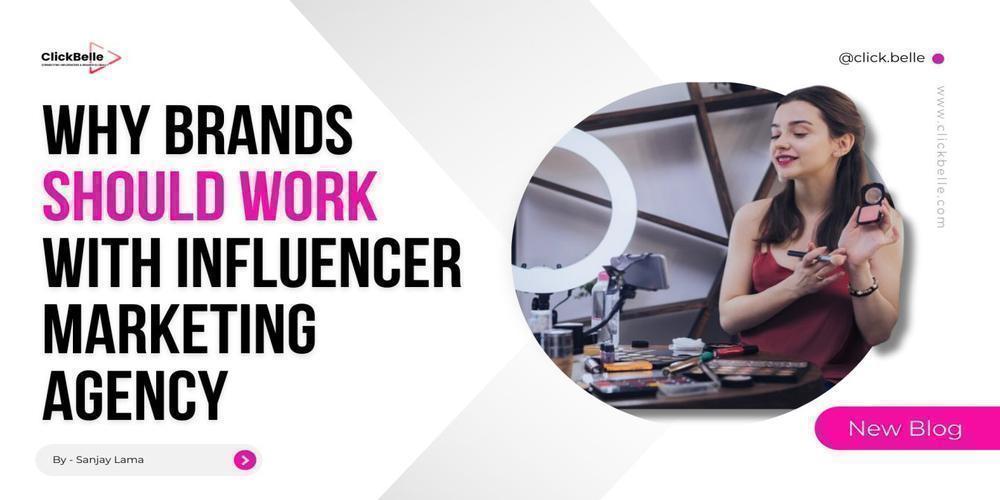With brands continuously leveraging Social Media Influencers to promote their products and services, Influencer Marketing 2025 remains a powerful strategy. Nonetheless, the argument between Micro-Influencers and macro-influencers is more pertinent than ever. Should brands spend money on Micro-Influencers, renowned for their Authenticity in Marketing and high Audience Engagement, or Macro Influencers with a broader reach? Businesses can make strategic selections that fit their budget and Marketing Strategy by being aware of the main distinctions.
What Are Micro and Macro Influencers?
Before diving into their advantages and disadvantages, defining these two categories is essential:
Micro Influencers are usually Content Creators with a niche following, with an average of 10,000 to 100,000 followers. They establish Consumer Trust by interacting with their audience in personalized ways.
The number of followers of macro influencers is typically greater than 100,000 and is sometimes as high as millions. They include well-known Social Media Influencers, celebrities, and business titans with a broad reach across various demographics.
Although both kinds of influencers can increase Brand Awareness Strategies and sales, they do so in different ways.
Micro-Influencers: Authenticity, Engagement, and Trust
 Micro-influencers are highly beneficial to firms trying to reach specialized markets. Because their fans perceive them as trustworthy and personable, their smaller but devoted following enables higher Audience Engagement rates. Since consumers today value Authenticity in Marketing above conventional advertising, Micro Influencers are a crucial tool for companies looking to establish their reputations.
Micro-influencers are highly beneficial to firms trying to reach specialized markets. Because their fans perceive them as trustworthy and personable, their smaller but devoted following enables higher Audience Engagement rates. Since consumers today value Authenticity in Marketing above conventional advertising, Micro Influencers are a crucial tool for companies looking to establish their reputations.
Advantages of Micro-Influencers:
- Higher Engagement – Their audience engages with their material more frequently, which improves conversion rates.
- Cost-Effective Marketing – Micro-influencers are perfect for small and medium-sized enterprises because working with them is frequently less expensive.
- Niche Targeting – They target particular communities to ensure the proper people see Marketing Strategy messages.
- Stronger Relationships – Their followers respect their views, making product recommendations sincere.
However, Micro Influencers also come with limitations. Their limited reach means brands may need to collaborate with multiple influencers to achieve broader exposure. This approach requires more time and coordination but can be highly effective when executed strategically.
Macro Influencers: Reach, Visibility, and Brand Awareness
 Macro Influencers are an excellent option for big brands and new product launches since they provide instant access to a broad audience. Their impact spans various demographics, enabling companies to significantly increase their Brand Awareness Strategies.
Macro Influencers are an excellent option for big brands and new product launches since they provide instant access to a broad audience. Their impact spans various demographics, enabling companies to significantly increase their Brand Awareness Strategies.
Advantages of Macro Influencers:
- Broad Reach – They can simultaneously introduce a brand to thousands or millions of people.
- Better Brand Recognition – Having a well-known Social Media Influencer as a partner can improve reputation and Consumer Trust.
- High-Quality Content – Many Macro Influencers provide professional and polished Content Creators material that enhances a brand's image.
However, Macro Influencers come with challenges. Their lower engagement rates than Micro-Influencers mean their audience might not interact as profoundly with their content. Additionally, their endorsements can sometimes feel less personal, as followers recognize that they work with multiple brands. The cost of Influencer Collaboration with Macro Influencers is also significantly higher, making them less accessible for smaller businesses.
Which Is the Best Option for 2025?
The goals of your brand determine the best option:
Micro-influencers are a better option if you want Niche Targeting and Authenticity in Marketing.
Macro Influencers might produce better outcomes if you need rapid Brand Awareness Strategies and extensive exposure.
Many brands use a hybrid strategy, utilizing Macro Influencers for visibility and Micro-Influencers for Audience Engagement.
Conclusion
In Influencer Marketing 2025, the debate between Micro-Influencers and macro-influencers isn’t about choosing one over the other—it’s about aligning your Marketing Budget Allocation with your business objectives. Macro influencers have broad reach and brand awareness strategies, while micro-influencers offer greater consumer trust and audience engagement. A well-rounded Marketing Strategy that includes both kinds of Influencer Collaboration can provide a Cost-Effective Marketing plan that is more successful and long-lasting. To choose the best Social Media Influencers for their campaigns, brands must carefully consider their Marketing Budget Allocation, audience, and objectives.








